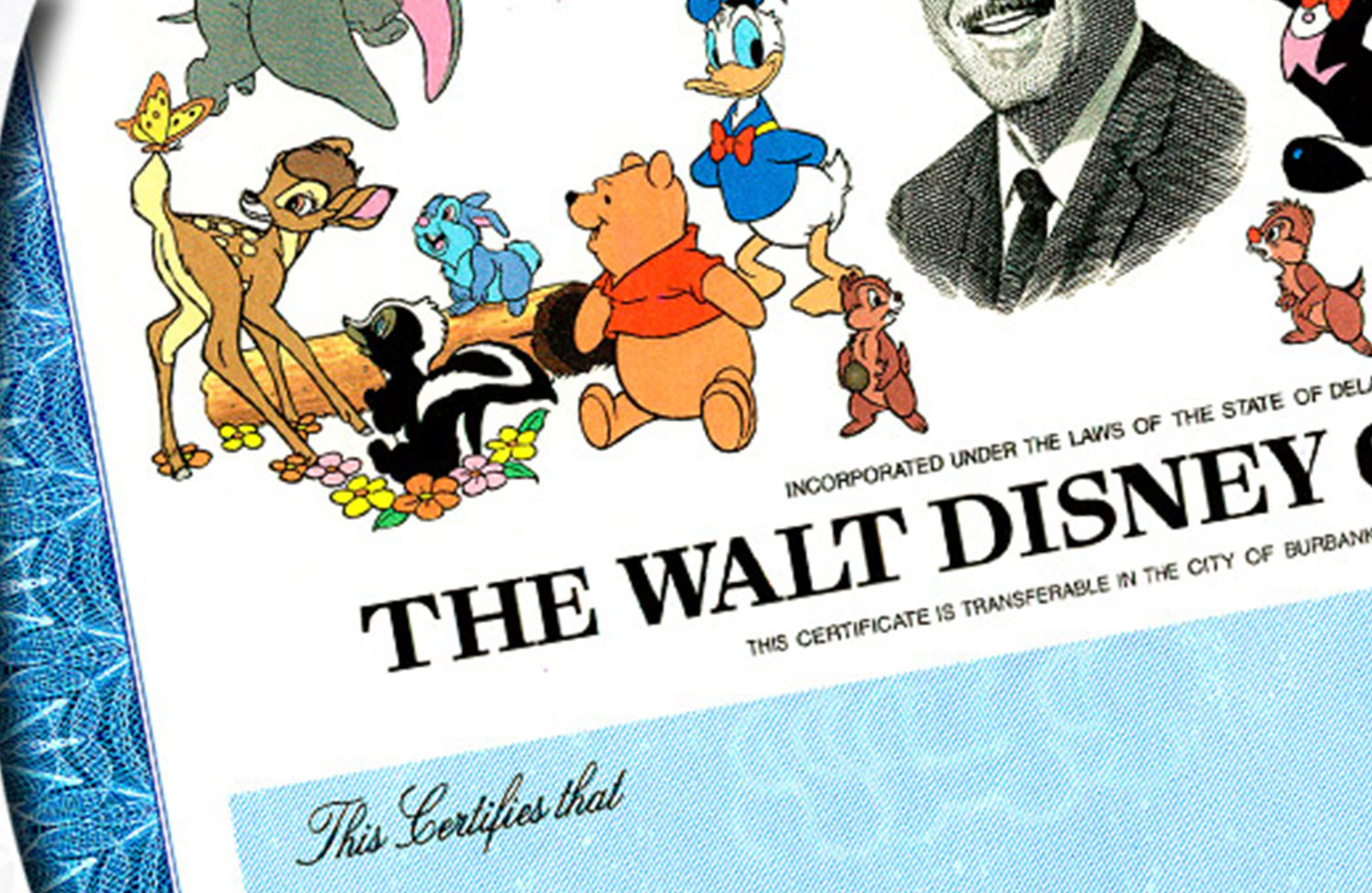Walt Disney (NYSE: DIS) is going through a big transition. The bigger focus on direct-to-consumer streaming video services brought the company to readjust its business to break out direct-to-consumer operations. Disney will have three major streaming services next year including Hulu, ESPN+, and a Disney-branded service launching late next year.
As Disney gets more of its content for itself, it will naturally see a decrease in licensing revenue from third parties. Disney will see a big impact when its movie studio output agreement with Netflix (NASDAQ: NFLX) begins to fall off in 2019. Netflix will keep the rights to many releases through 2019. Neither party has said how much Netflix is paying to license Disney’s theatrical releases.
The decrease in licensing revenue should show up in the Studio Entertainment segment. The effect could be hard to decipher for investors, though, as Studio Entertainment revenue is very dependent on box office performance of its output.
Licensing revenue is some of the highest-margin revenue Disney can generate. Disney has called out its TV/SVOD [subscription video on demand] distribution as a reason for operating income growth in its quarterly results. Of course, licensing revenue comes at the expense of home video sales.
Disney still spends a lot on content. ESPN as a standalone expends more than Netflix on its content, which includes extremely high-cost sports rights. The issue Disney faces right now, though, is that a lot of that content is still under licensing and distribution agreements with other channels. That said, CEO Bob Iger said he doesn’t expect a Netflix-level increase in spending.
Disney is spending money on several original series based on popular film franchises for its Disney-branded service next year. It’s creating a Star Wars series, two series based on Marvel characters — Loki and Scarlet Witch — a Monsters Inc. series, and a High School Musical series.
Long-term investors shouldn’t see a significant increase in content spending, but there will be a short-term bump in expenses. As Disney can transition more of its licensed content to its direct-to-consumer platforms, it should see content spending return to normal levels.
As far as the long-term potential of moving to a direct-to-consumer distribution model is concerned, it could create much greater profits than licensing content. There’s more risk, too. If Disney can’t create an audience for its streaming services, it could end up producing less revenue at a greater cost than licensing. But its early results are very encouraging for investors, and they indicate that the negative impact on profits should be a short-term situation.





